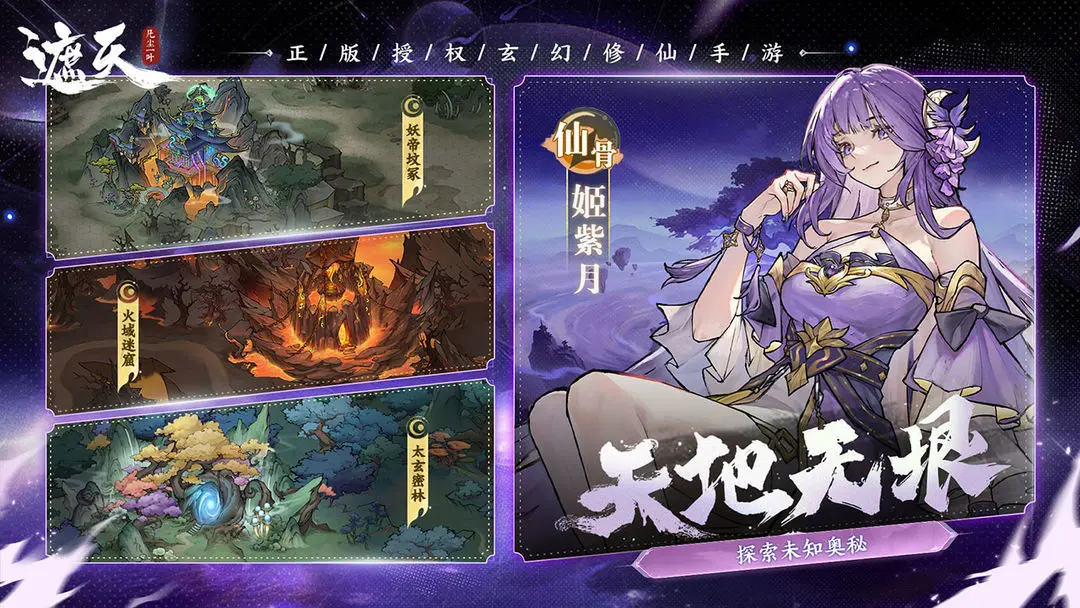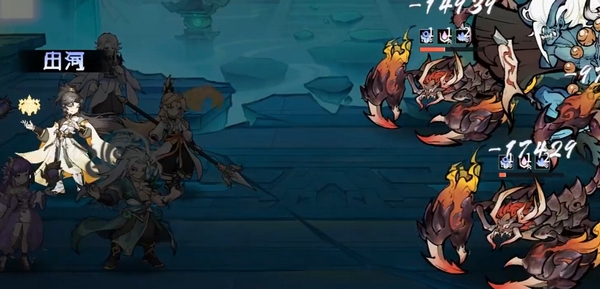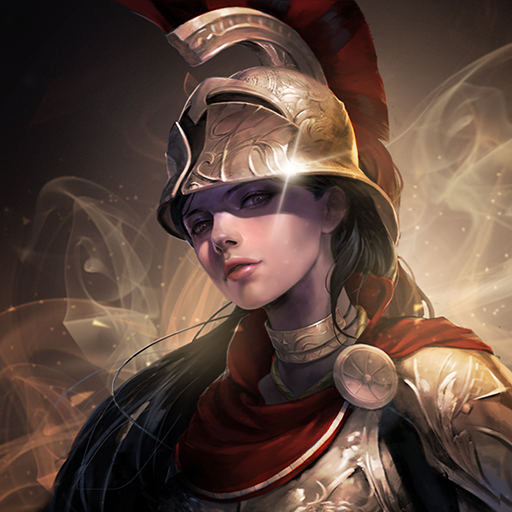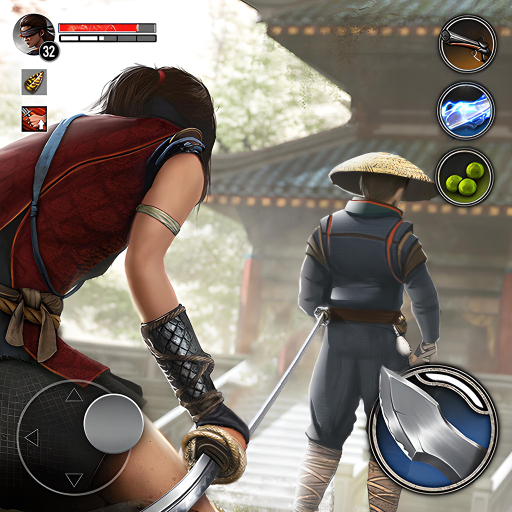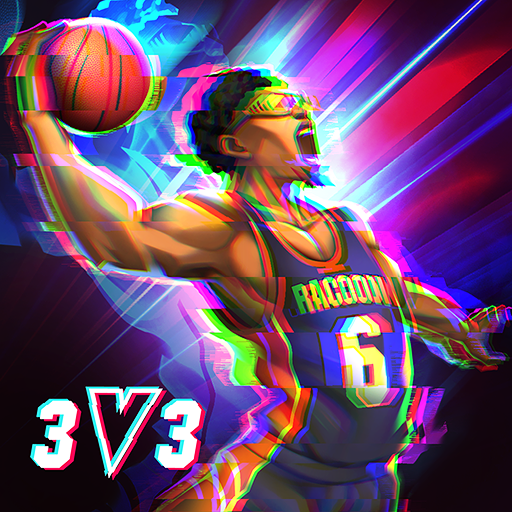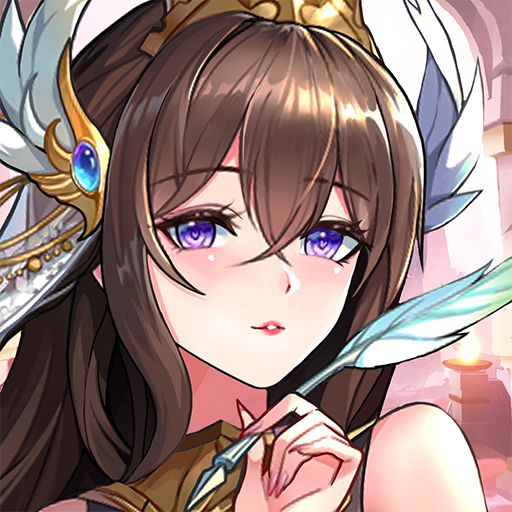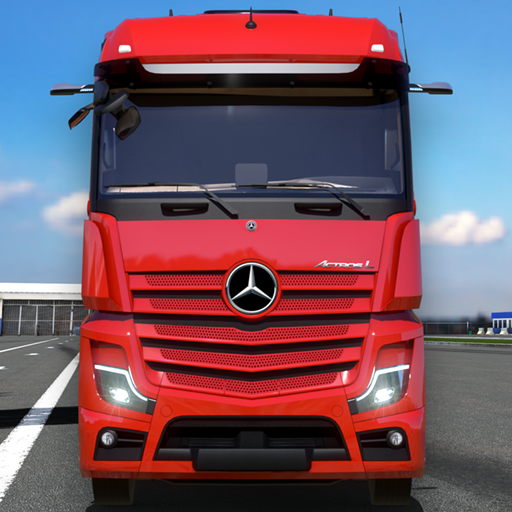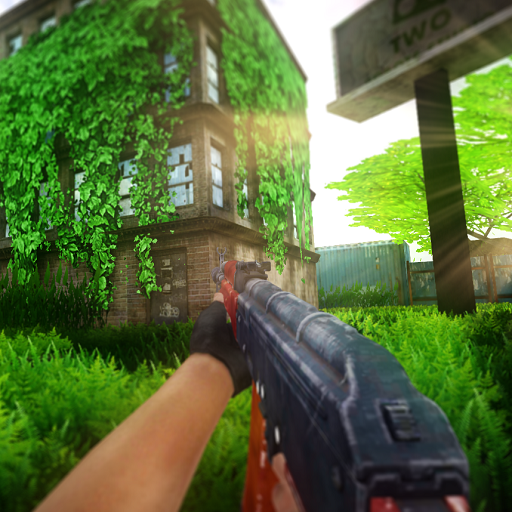Today, I'm bringing you content about the pet pairing for warriors in the Brave Alliance. In the Brave Alliance, as a core melee profession, the warrior's combat performance is closely related to the pet pairing. In different scenarios, the skill characteristics of pets and the warrior's combat mode complement each other. A reasonable pairing can effectively enhance the warrior's survival, output, and control capabilities. Through the rational selection and cultivation of pets, the warrior can fully leverage their own advantages in different battles, improving the overall combat efficiency of the team and providing strong support for the game progress. Let's take a look together.
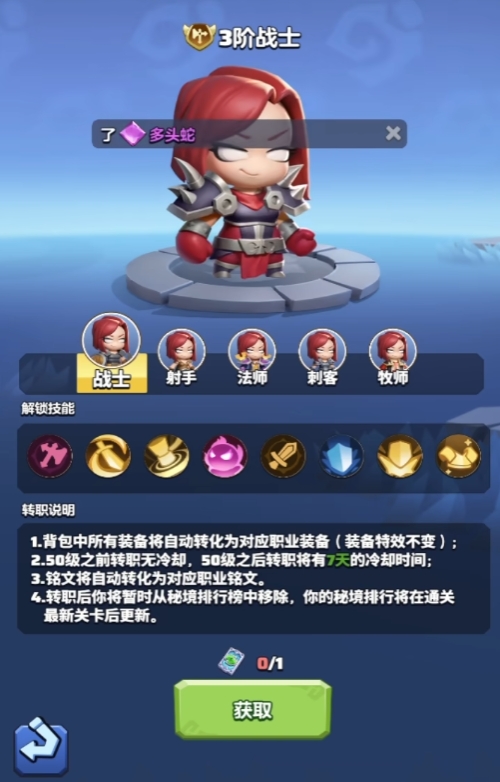
In multi-monster scenarios such as dungeon secrets, the core role of pets is to help the warrior control the battlefield rhythm and reduce the survival pressure caused by scattered attacks. As the core pet in this scenario, the Soul Claw has an area taunt skill that can force monsters within range to attack itself. This, combined with the warrior's area damage skills, forms an AOE loop. When the Soul Claw gathers monsters in a narrow passage, the warrior can release Whirlwind Slash to deal damage to multiple targets simultaneously. The Soul Claw's passive armor increase also reduces its damage intake, extending the duration of the monster gathering effect. For warriors at different stages, there are differences in endurance needs. As the warrior's survivability improves, it can be replaced with Xue Nu to enhance output. However, in the Abyssal dungeons where healing pressure is high, Chaoyan should still be retained, using manual healing to cope with sudden health drops.
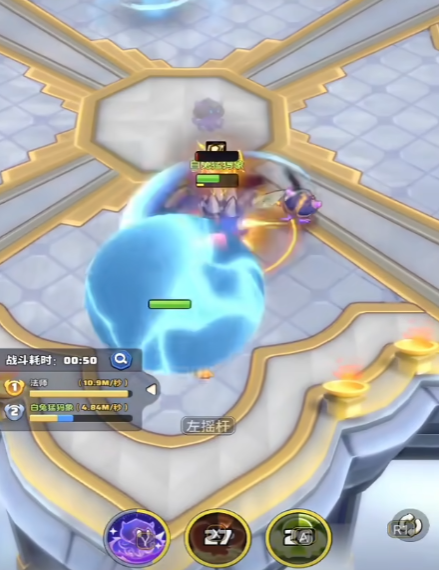
When facing single high-damage bosses, the pet pairing should shift towards a combination of damage reduction and burst. The Iron Warden's shield generation skill can cover the warrior with a defensive barrier before the boss releases a big move. The damage transfer passive can share part of the damage the warrior receives, significantly reducing the risk of being one-shot. In terms of combat rhythm, the Iron Warden should be summoned in advance when the boss is casting, ensuring the shield precisely connects with the boss's attack. For output, Ba Zhu remains the core, with the damage boost effect significantly enhancing Xue Nu's single-target ultimate skill. If the boss battle lasts more than 3 minutes, the Iron Warden can be replaced with Chaoyan, using continuous healing to counter the boss's periodic damage, avoiding failure due to running out of potions in the later stages of the fight.
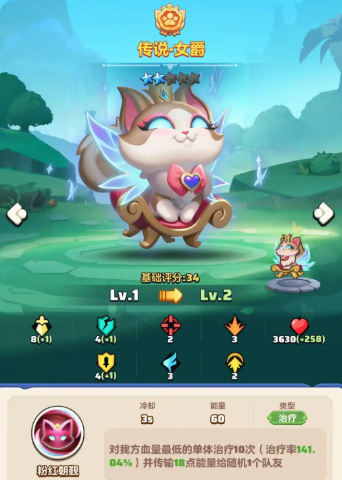
When resources are limited, they need to be allocated according to the priority of the scene. In group monster scenes, prioritize increasing the taunt duration of the Soul Claw and the damage boost of the Ba Zhu. In boss scenes, focus on strengthening the shield thickness of the Iron Warden and the armor-piercing level of Xue Nu. In terms of skills, passive skills should be prioritized to max level, while active skills should be adjusted based on the frequency of combat. In high-frequency combat scenes, increase the skill cooldown reduction, and in long-term combat, focus on the skill duration.
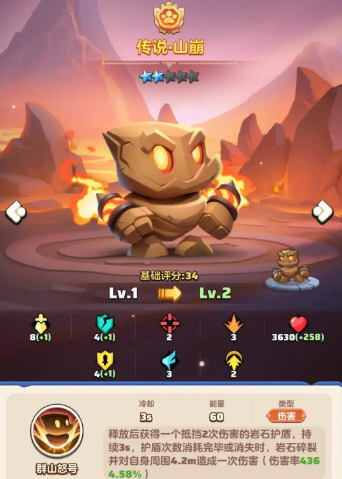
The content about the pet pairing for warriors in the Brave Alliance is now complete. The pet pairing for warriors should follow the principle of scene suitability, combining the pet's crowd control and defense characteristics to form synergy with the warrior's combat mode. Whether in regular dungeons or special challenges, the right pet combination can provide solid support for the warrior, allowing them to play a key role more confidently in battle.
